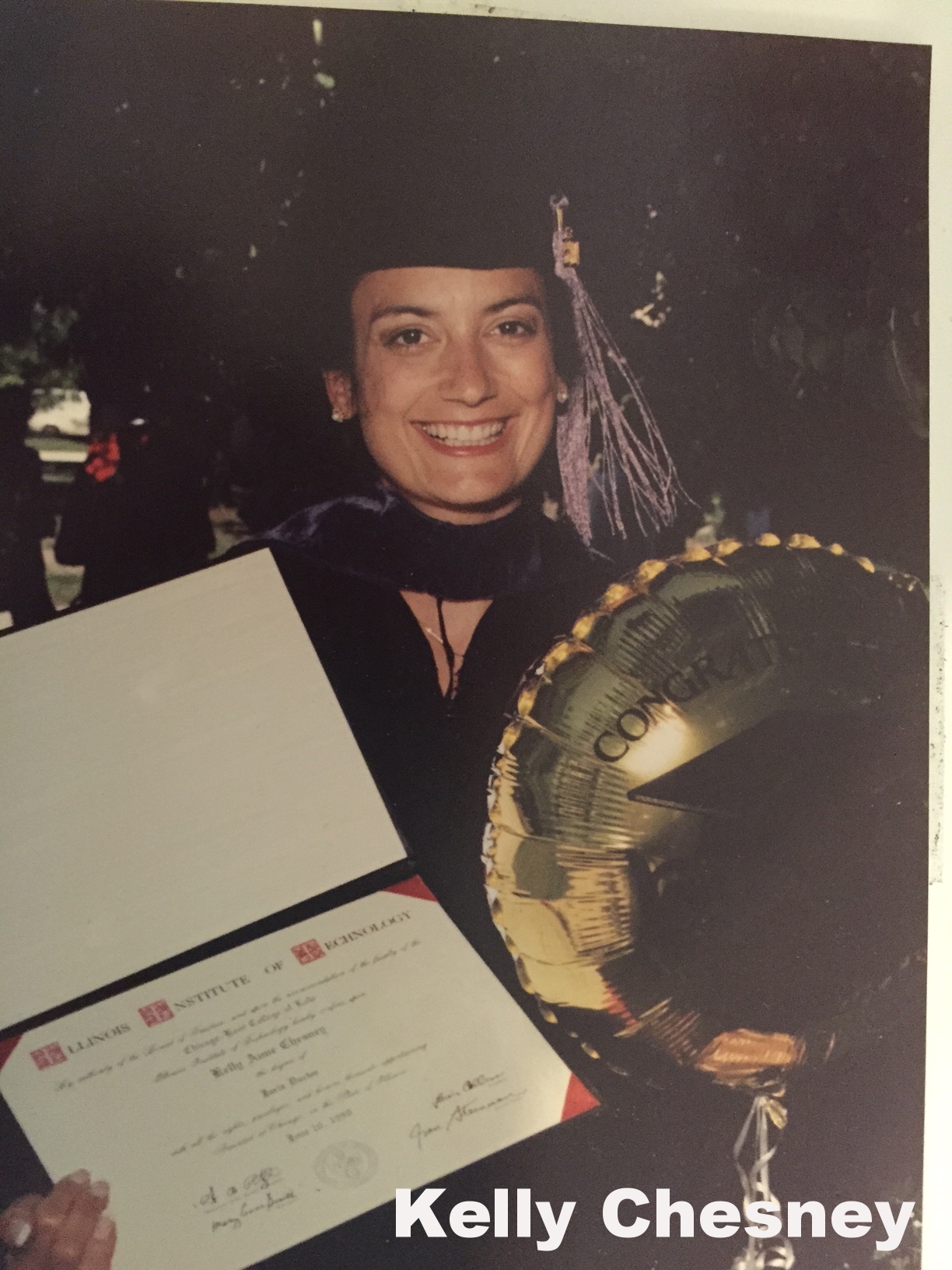One of my favorite movies is The Princess Bride. Those of you that know me and my sense of humor probably aren’t surprised by that, but seriously, how can you NOT love a movie with R.O.U.S. (Rodents of Unusual Size), Miracle Max and a mysterious six-fingered man?
In fact, one of the best movie exchanges ever written probably appears in that movie. In it, the Dread Pirate Roberts is following Vizzini, Fezzik, and Inigo Montoya as they kidnap the titular princess, intent on malfeasance.
Even as the Dread Pirate Roberts pursues them across an ocean of screaming eels and up the Cliffs of Insanity, Vizzini cries repeatedly that such actions are “Inconceivable!” Finally, Inigo Montoya declares: “You keep using that word. I do not think it means what you think it means.”
Comic gold? Absolutely.
Applicable to the alternative investment industry? Curiously, yes.
Recent interactions with various folks in the investment industry have led me to believe that Inigo may well have been speaking to us as well. In a number of cases, the words we use don’t mean what we think they mean. Perhaps we’ve selected them because they’re particular sexeh or they represent what we wish were true, rather than what is true, but regardless, we’re all sometimes guilty of creating a little linguistic anarchy by misusing investment terminology.
So, without further ado, and in no particular order, here are my top five investment terms that do not mean what we sometimes think they mean.
- High Conviction and/or Concentrated– There is a growing body of research that supports the theory that high conviction portfolios generate higher returns. For example, a 2008 study from Harvard, the London School of Economic and Goldman Sachs found that, within U.S. Equity Mutual Funds, the highest conviction stocks outperformed the broad U.S. stock market and lower conviction stocks between 1 and 4 percent per quarter. Not too shabby. As a result, many investors like to see high conviction managers and many managers like to say they manage high conviction portfolios. But here’s a hint, it’s hard to have a portfolio of 50 high conviction positions. High conviction doesn’t just mean you LOVE your investments, it means you have fewer, larger positions, period. Which leads me to concentrated portfolios. As part and parcel of the High Conviction theme, I’ve come across an increasing number of managers who boast concentrated portfolios. Again, more than 50 positions does not a concentrated portfolio make. Take Warren Buffett for example. He usually has about 10 names in his book. Those keeping track, that’s conviction and concentration.
- Unicorn – Merriam Webster defines a unicorn as “a mythical animal generally depicted with the body and head of a horse, the hind legs of a stag, the tail of a lion, and a single horn in the middle of the forehead.” The fact that it’s mythical means that the average Joe isn’t going to find a unicorn on his back porch eating the cat’s food anytime soon. In investing, a unicorn is a private company valued at $1 billion or more. As of March 2015, there were more than 80 unicorns according to CB Research, or just under the number from the prior three years combined. There are animals on the endangered species list with less population density. Perhaps we need a new term.
- Emerging Manager – If you have a billion in AUM, and you’re not women, minority, or veteran owned, you are not an emerging manager. If you have $500 million in AUM, and you’re not women, minority, or veteran owned, you are not an emerging manager. If you have $250 million in AUM, and you’re not women, minority, or veteran owned, you are on the cusp (the top end) of being an emerging manager. If you are on Fund III, IV or V, and you’re not women, minority, or veteran owned, you are not an emerging manager.
- Poor Performance – Underperforming an arbitrary and/or unrelated index is not an appropriate measure of performance. For example, comparing credit investments to the S&P 500. Comparing long-short equity investments to long only managers or long-only indexes. Determining whether something is good or bad relative to something else requires that the things being compared be largely similar to begin with.
- Bottoms Up – “Bottoms up!” is a toast. Bottom-up is a way of analyzing information during the research process.
Seeing and hearing these terms misused in the investment industry makes my left eye twitch. Help save me from a lifetime of folks asking “Are you looking at me?” and start using these frequent used, but often abused, terms correctly.
Sources: http://www.globaleconomicandinvestmentanalytics.com/archiveslist/articles/499-the-case-for-high-conviction-investing.html, Merriam Webster, CB Insights

























